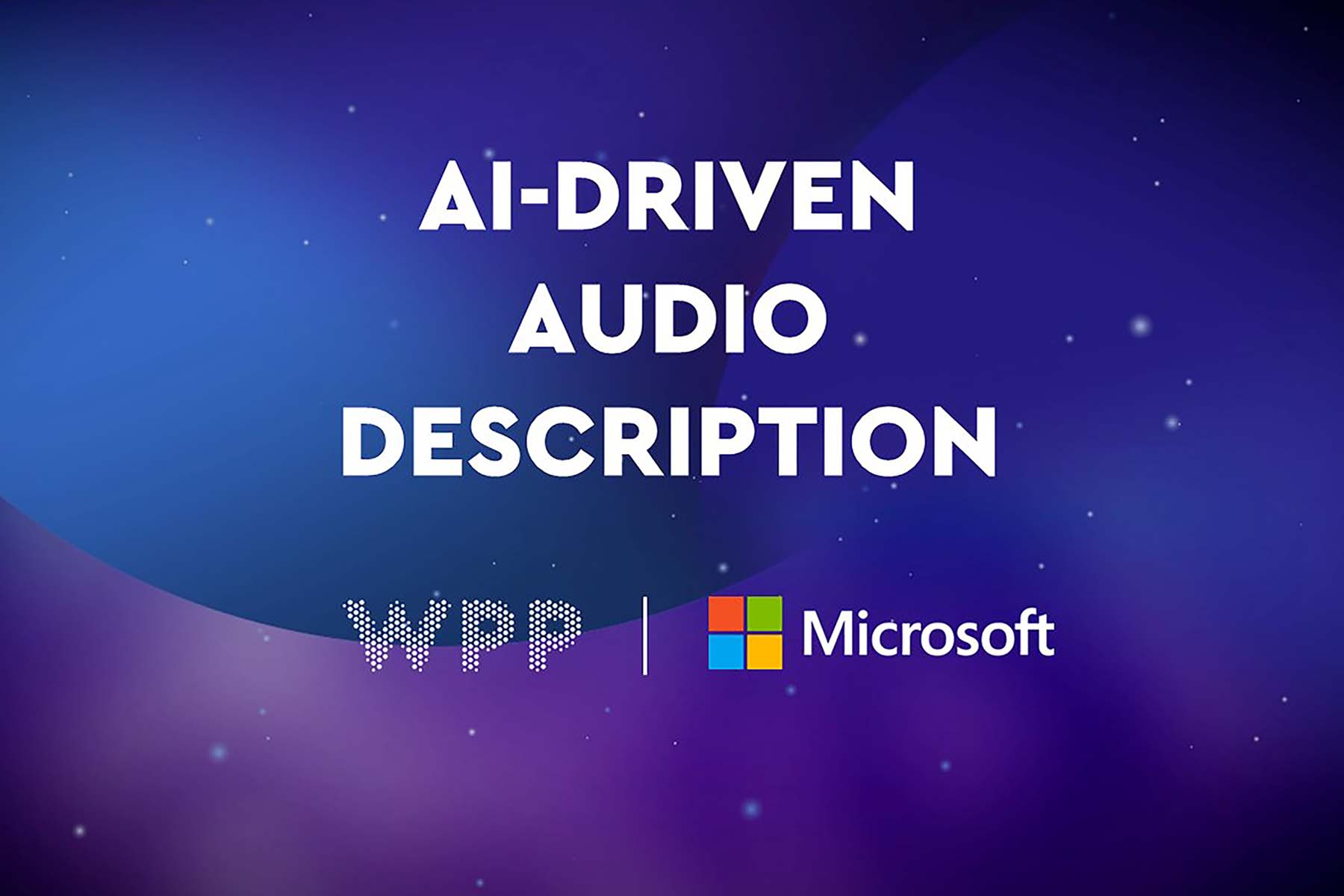
Data – the answer to cultural change?
How do you drive cultural change through data? Di Mayze, Global Head of Data and AI at WPP, talks us through the WPP way
Companies are increasingly realising the importance of data culture and literacy. But, according to Gartner, by 2025, the majority of chief data officers will have failed to foster the necessary data literacy within the workforce to achieve their stated strategic data-driven business goals.
To build communities and upskill data fluency, you need a data philosophy. “The WPP data philosophy is designed to drive cultural change in the context of data strategy, the role of data, and our principles of data access and use,” says Mayze.
All of this relies on WPP’s dedicated data and AI team. It is focused on discovery and curation with the goal of identifying what data we have compared what we need. The team is also focused on education and empowerment with the aim of entrenching deep skills in 5,000 data practitioners while upskilling 50,000 further staff. Finally, the WPP data and AI team focuses on content and community to drive a culture of curiosity and collaboration.
WPP’s and discovery/curation
“We live in a time where data-driven priorities are growing and data volumes are exploding, so it’s imperative that we get a handle on our diverse data, spread wide and far across the WPP network, so that we know what we have, and realise its potential,” says Mayze.
“Many organisations have embarked upon a journey to do this by building central data lakes where the lines of ownership and accountability can become blurred, and the lakes soon become swamps. These lines are very clear in our strategy: our data stays where it is, whether it be client data or our own. However, we ensure that we have the capabilities to leverage our data in creative and efficient ways.”
At WPP, there is diverse data, distributed across different operating companies’ departments, applications, and data stores. Some of this is in the cloud and some on local servers. “It is disparate and distributed, to say the least,” says Mayze. “For us to be effective at digital transformation, we need to manage our data – as we would any other enterprise asset – and our data catalogue does just that. It enables us to inventory our data, assess its value, and maximise its use. It’s simple – if we don’t know what we have, we can’t make use of it.”
She explains that WPP has built its data catalogue using ‘data.world’, a cloud based provider that is underpinned by leading edge graph technology. The capabilities are as follows:
- We can find and understand diverse data from a variety of sources – this could be data that's exclusive to WPP as well as data that is publicly available via the community.
- We can virtualise our data by connecting to data irrespective of format or location – this allows you to process that data as if it were in one place. “Imagine if you had an Excel spreadsheet and a Google sheet and you wanted to combine it with some data you had in Google Big Query as well as some more data you had in a SQL server database,” says Mayze. “Providing you have access to all of these data points you can connect to all of them without having to import them into one data environment. You could run SQL or SPARQL over that data, meaning that you can process data quickly and efficiently.”
- We can integrate to a wide number of apps and services that we already use, everything from Salesforce to Slack or Python to PowerBI – there are many integration possibilities.
This means that, at WPP, we can not only curate our data, but we can also use it irrespective of format and locations, as well as integrate to a wide number of apps and services that we already use. This allows data to complement and enhance the way in which we already work.
The data catalogue has been built in collaboration with 700 people across 80 agencies and 60 markets with over 350 datasets. “We have everything covered from football strategy to consumer behaviour,” she says. “This will continue to grow, giving all of our people unrivalled access to great data and the capability to leverage it, giving us powerful ways of generating unique insights and great work for our clients.”
Education and empowerment are key
Turning to the second focus of WPP’s data and AI team, Mayze says: “We take data education very seriously at WPP. The Oxford AI for Business Diploma is available for experienced senior executives, the Microsoft AI Business School for senior leaders, our own AI Academy is available for data and AI practitioner generally, and the Demystify AI programme is in place for all employees with no previous knowledge.”
The aim is to create pathways depending on training needs. “But we also aim to deep-skill data practitioners through the AI Academy,” says Mayze. “With the goal of upskilling 5,000 data and AI roles across WPP Group, we handpicked relevant data and AI courses from the world’s leading universities. From strategy and business training for our leaders, to deep skilling our data and AI teams across our organisation, we are equipping our teams with the latest trends, technologies and capabilities.”
In 2021 there were 9,851 course enrolments. The most popular course? An introduction to AI with 499 learners enrolled.
Not forgetting content and community
Finally, let’s turn to WPP’s data and AI community itself. It comprises over 2,700 people, providing a support network for all, and drawing on insights, best practices and use cases.
“The community focuses on inclusivity, collaboration and learning across all areas of data and AI,” says Mayze. “Ultimately, the community is key to supporting our data philosophy and driving cultural change through data at WPP.”
To build communities and upskill data fluency, you need that data philosophy mentioned at the top of this article. Only through bringing all these elements together will a corporation drive cultural change in the context of data strategy.
published on
19 May 2022
Category
More in Experience

Let’s add audio for visually impaired audiences
How to make advertising more accessible for visually impaired audiences

The Future 100: wellbeing, humanity, emotion and tech
This annual trend spotter – by WPP’s VML – gives us the context for the new normal for marketing in 2024.

Activating sports events – the ultimate balancing act
WPP Sports Practice takes a look at the art of timing for sports event activation

